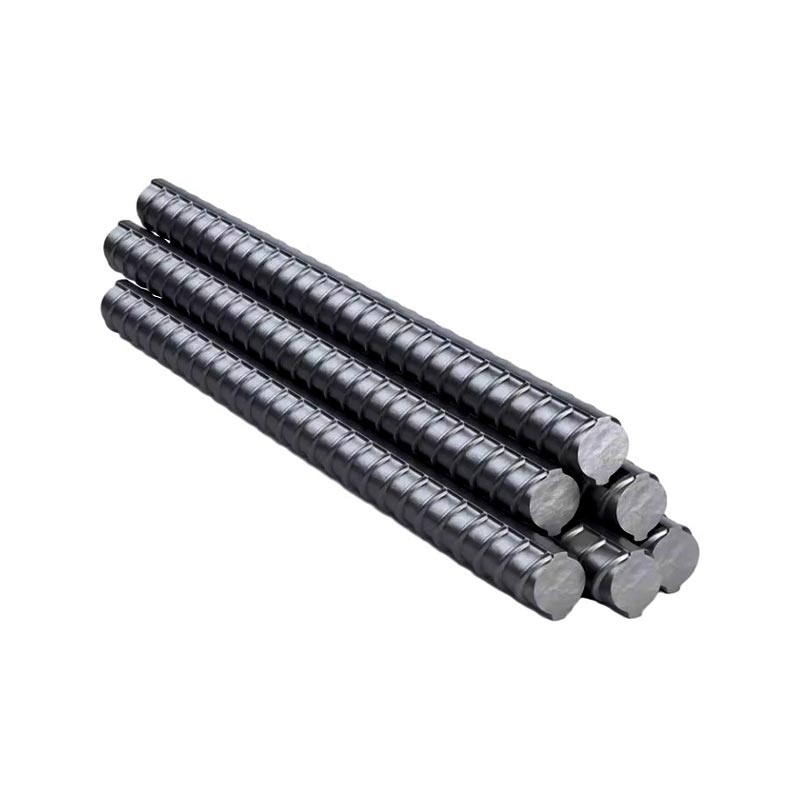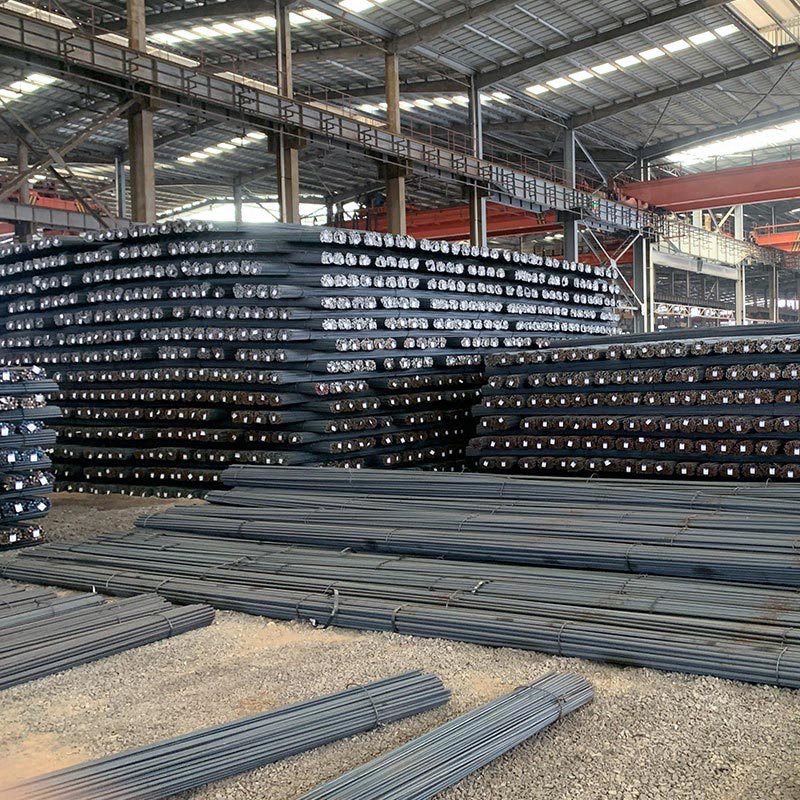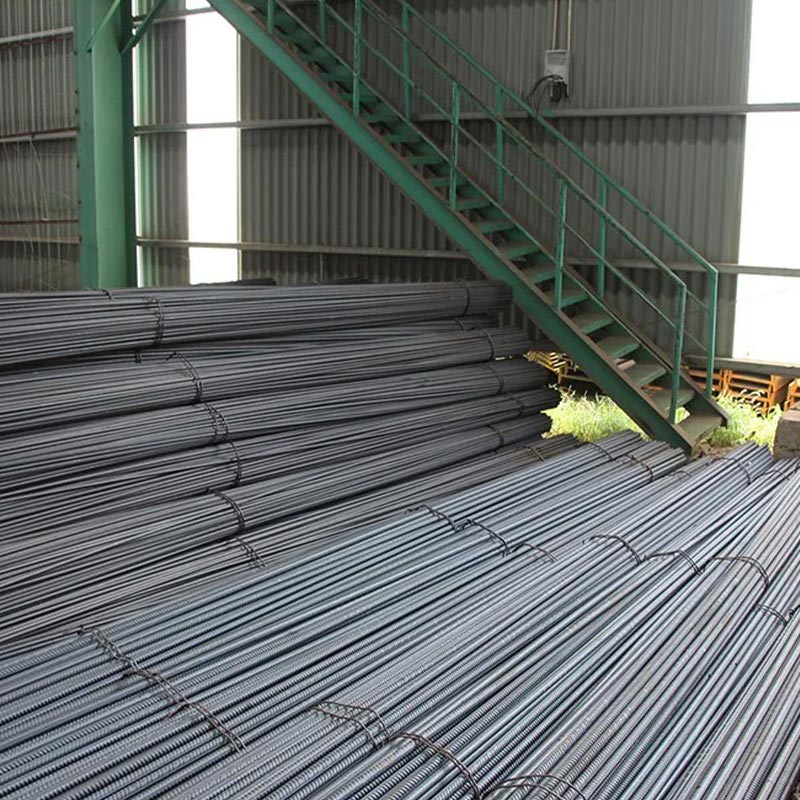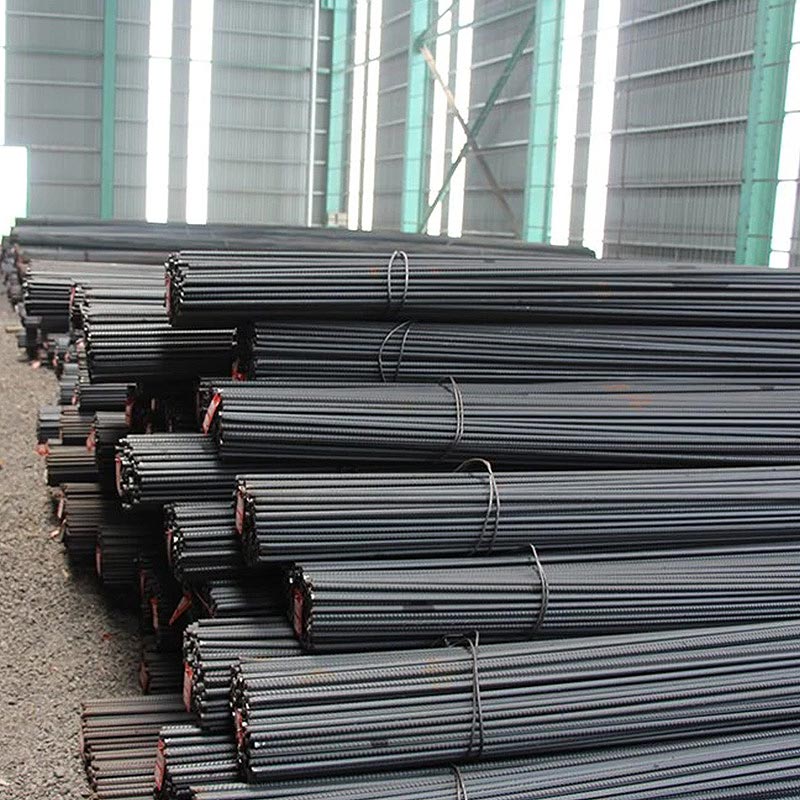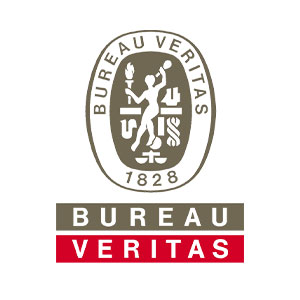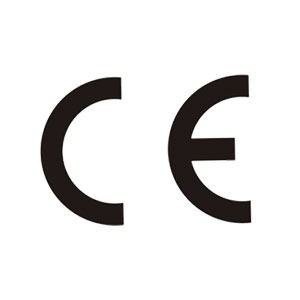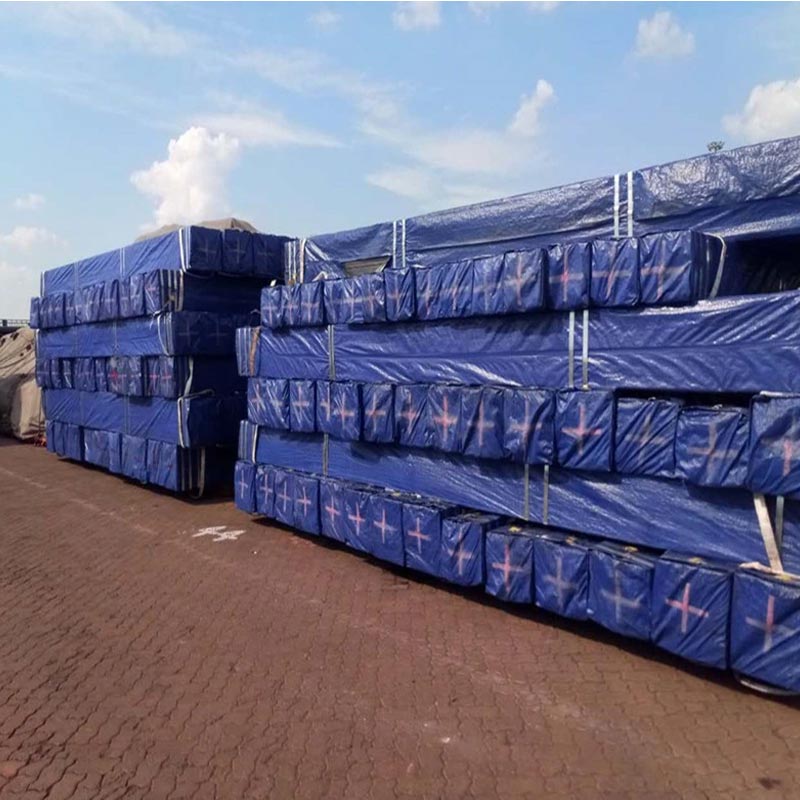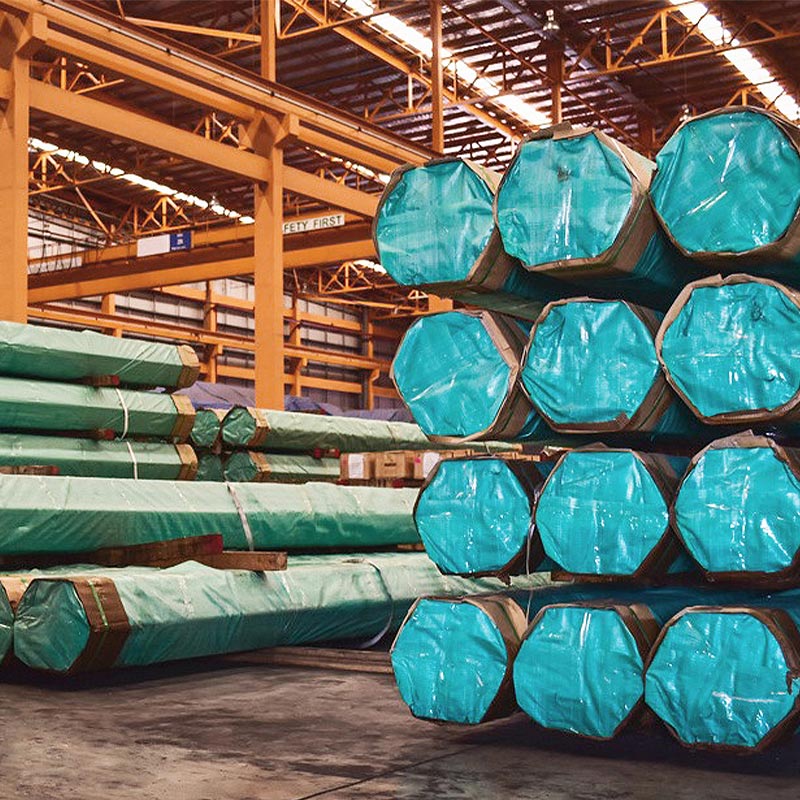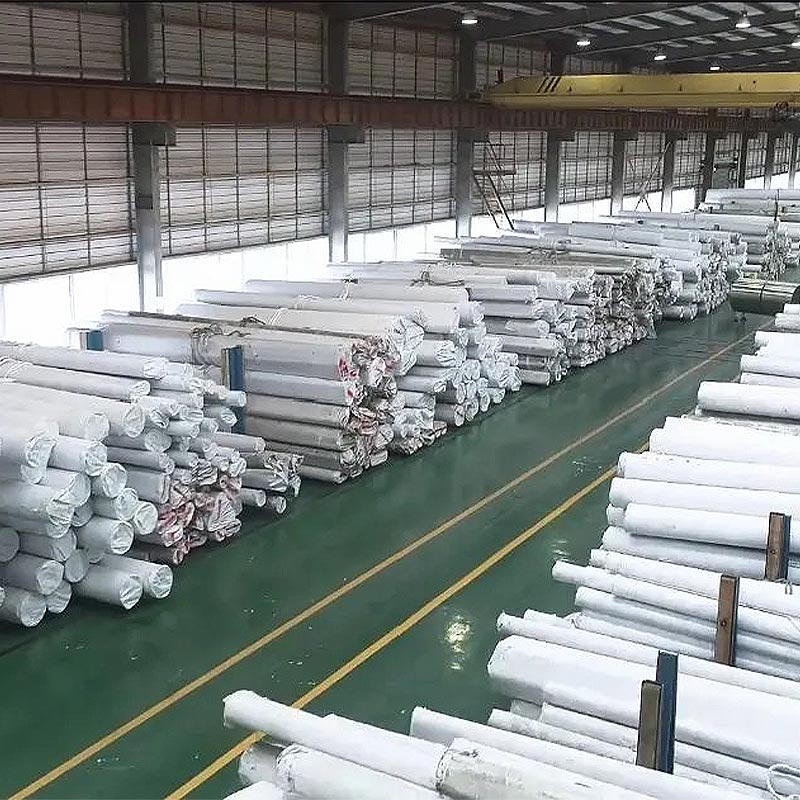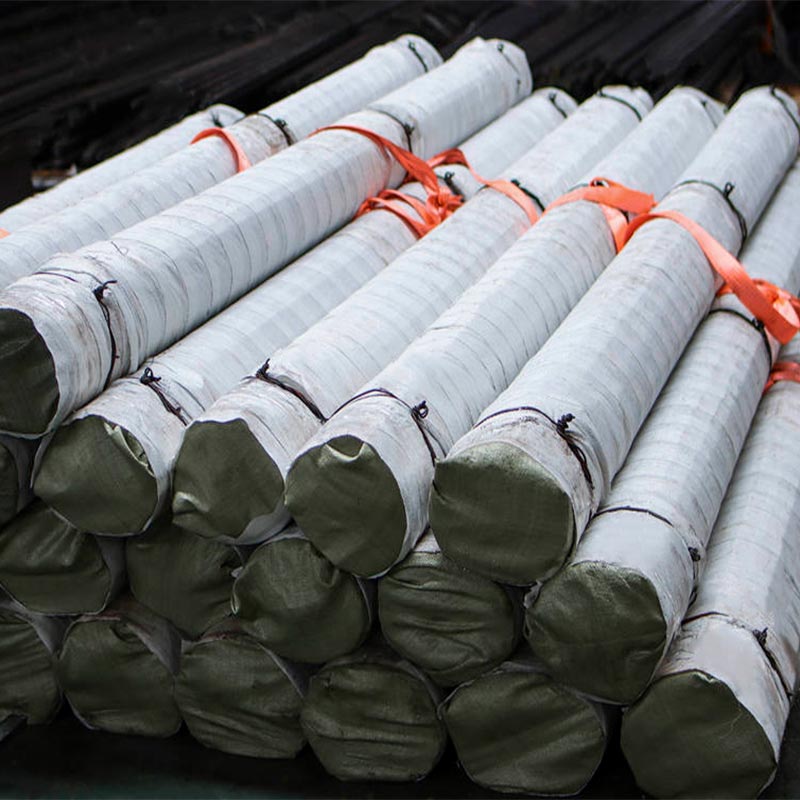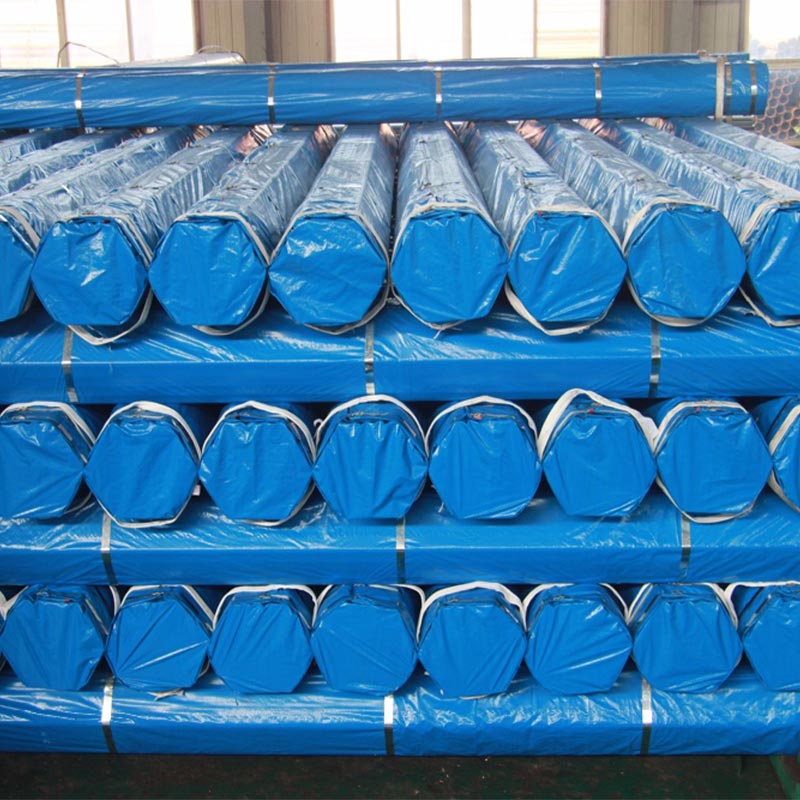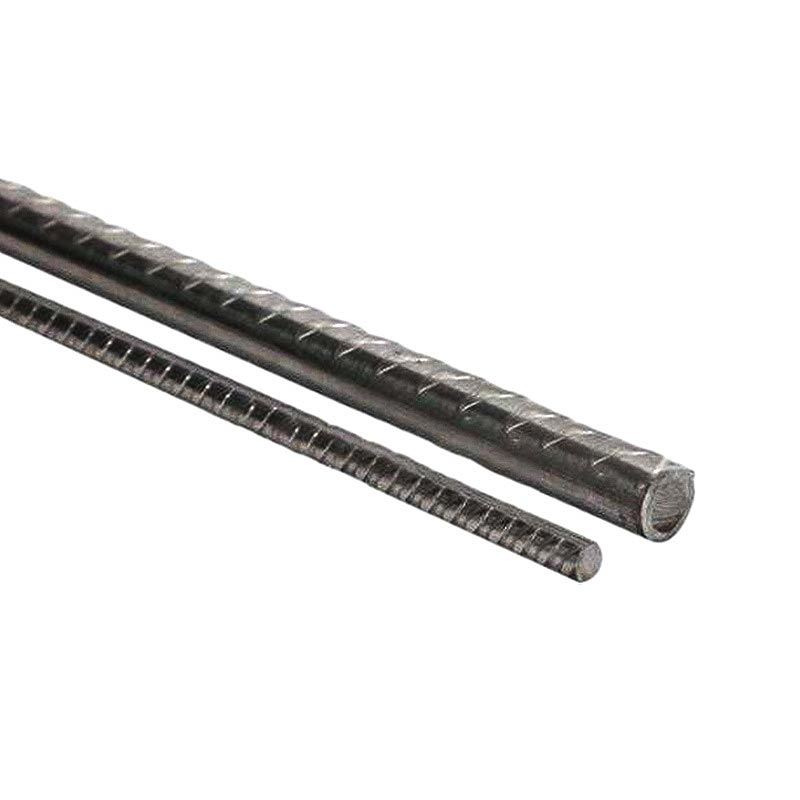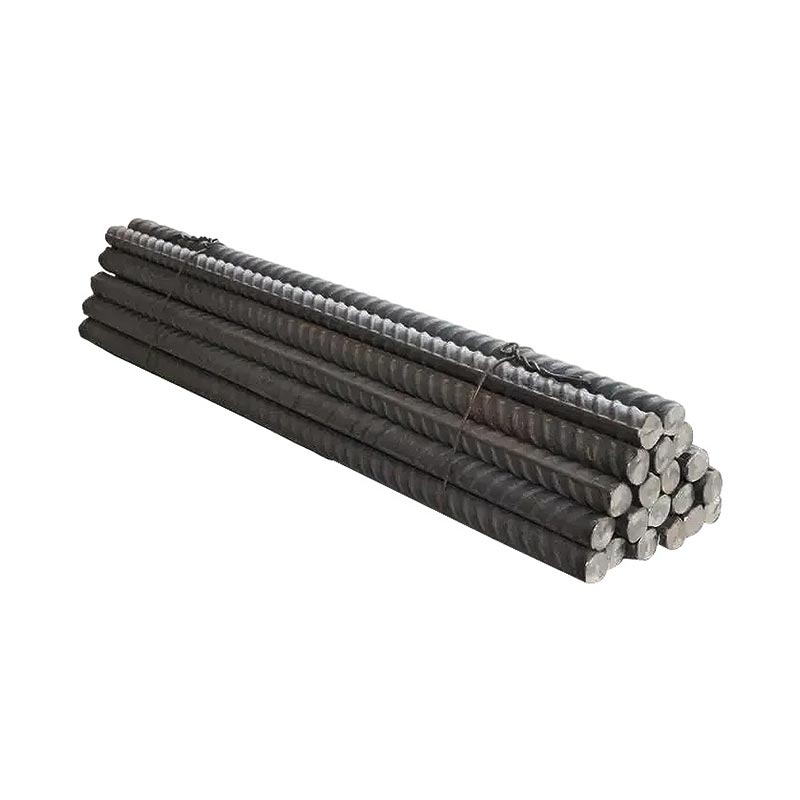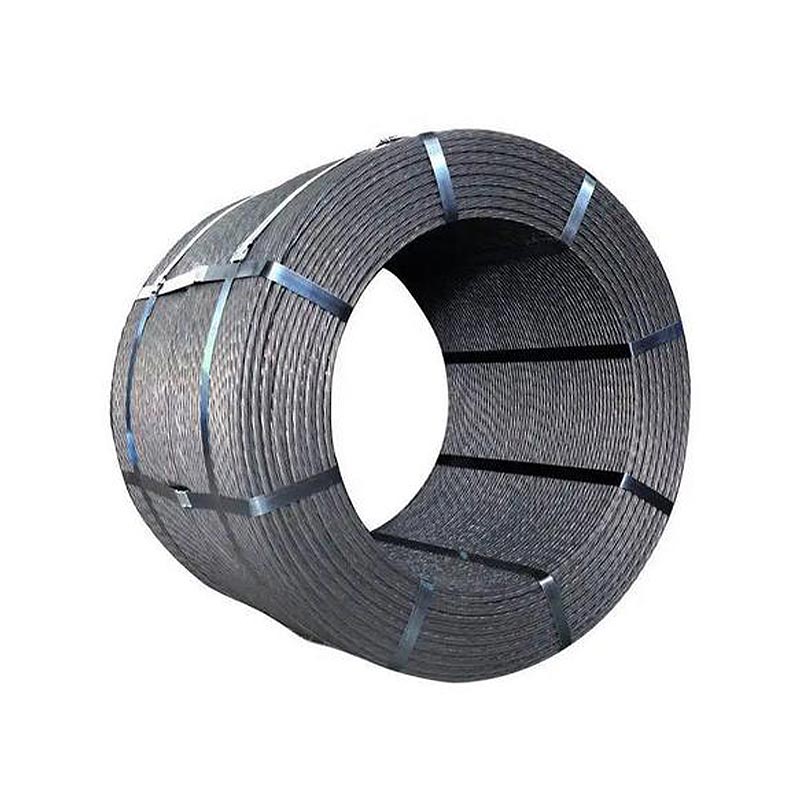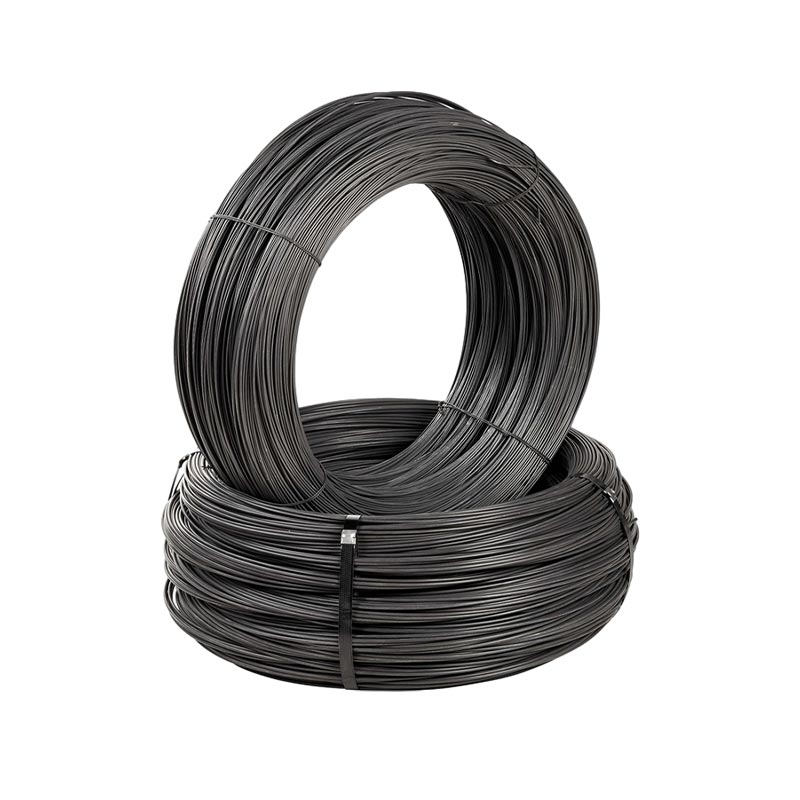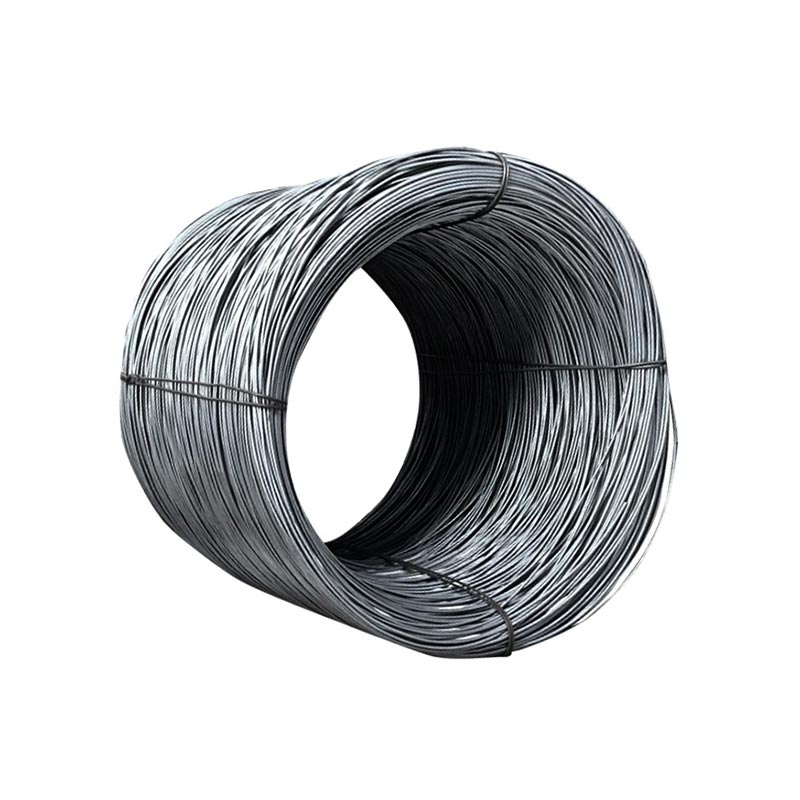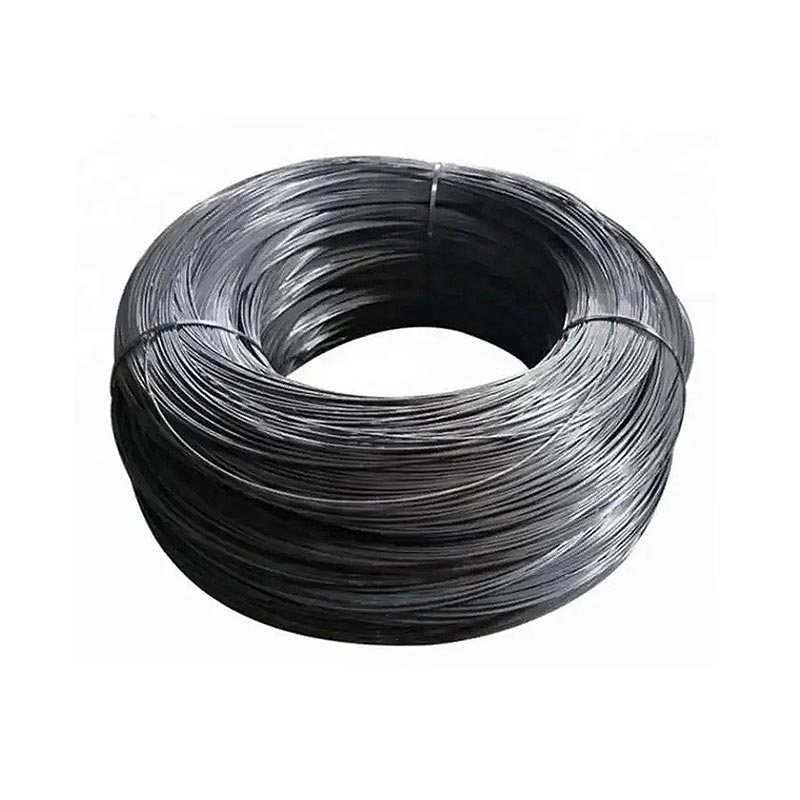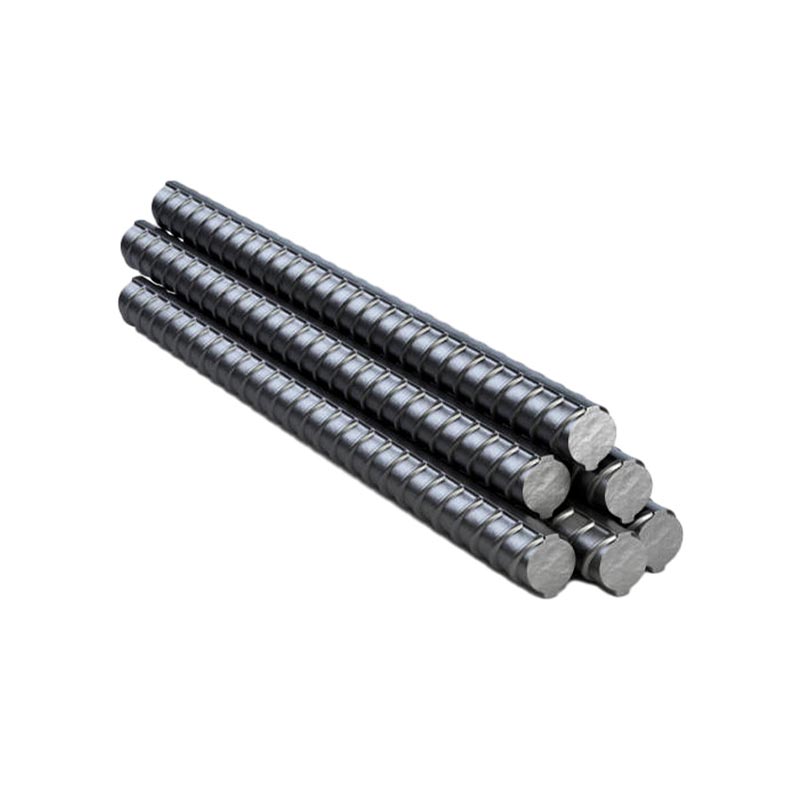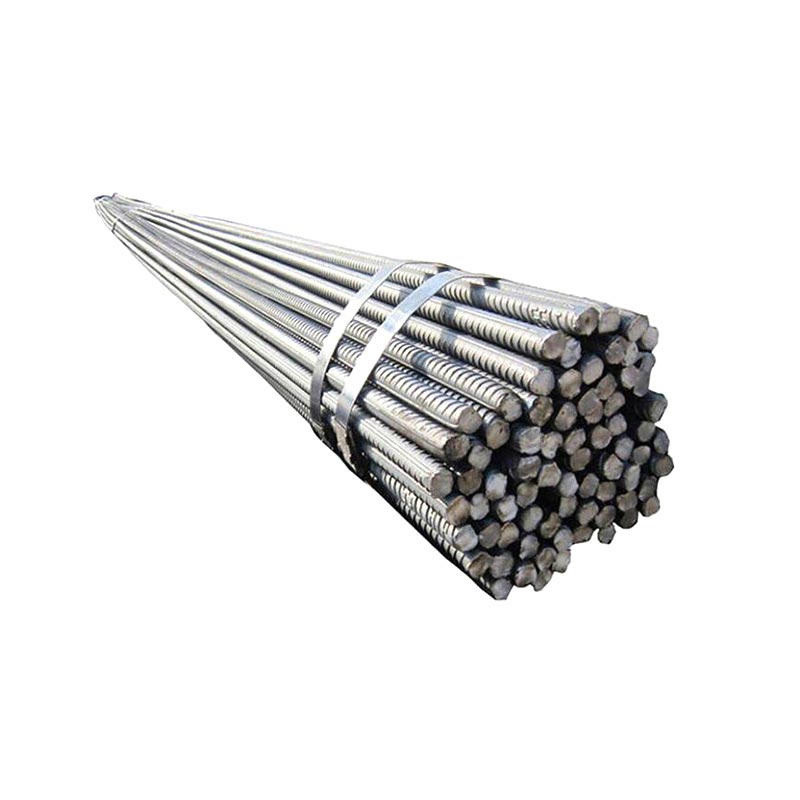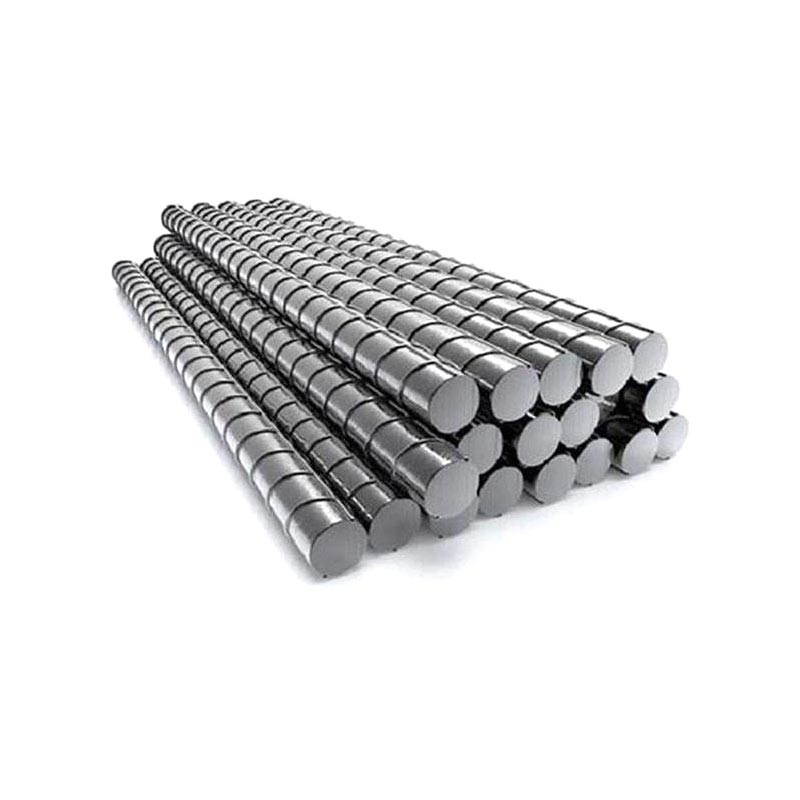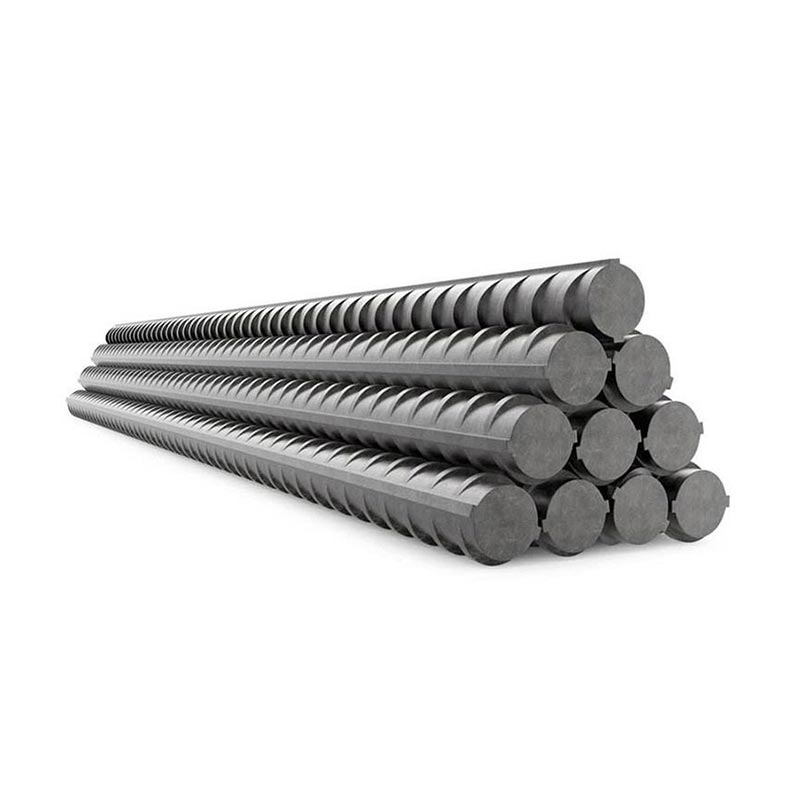Steel Rebar
● Steel rebar, short for reinforcing bar, is a steel rod used to strengthen concrete structures. Made primarily from carbon steel, it features ridges or deformations on its surface to bond tightly with concrete.
● Classified by strength and composition, common grades include ASTM A615 (carbon steel) and A706 (low-alloy). It enhances concrete’s tensile strength—critical since concrete is strong in compression but weak in tension.
● Widely used in construction for buildings, bridges, roads, and foundations, rebar comes in various diameters and lengths. It’s often tied into grids before concrete pouring, ensuring structural integrity under stress, loads, or environmental forces.
View Video
BS4449 Steel Rebar
BS4449 Steel Rebar refers to reinforcing steel bars conforming to the British Standard BS4449, widely used in concrete structures. These rebars come in various grades, offering specified yield strengths and ductility to meet structural demands. Their deformed surfaces ensure strong bonding with concrete, enhancing overall structural integrity. Suitable for buildings, bridges, and infrastructure, they undergo rigorous testing for consistency in strength and performance. Easy to cut, bend, and weld, they adapt well to construction processes. BS4449 compliance guarantees reliability, making them a trusted choice in UK and international projects requiring robust, standardized reinforcement.
Get A Quick Quote!
You Can Leave Us A Message
or Send Us An Email!
Product Details
Product Parameters
Packaging and Transportation
Related Products
Leave Us Message
Please give us a message
What are you lookking for?

